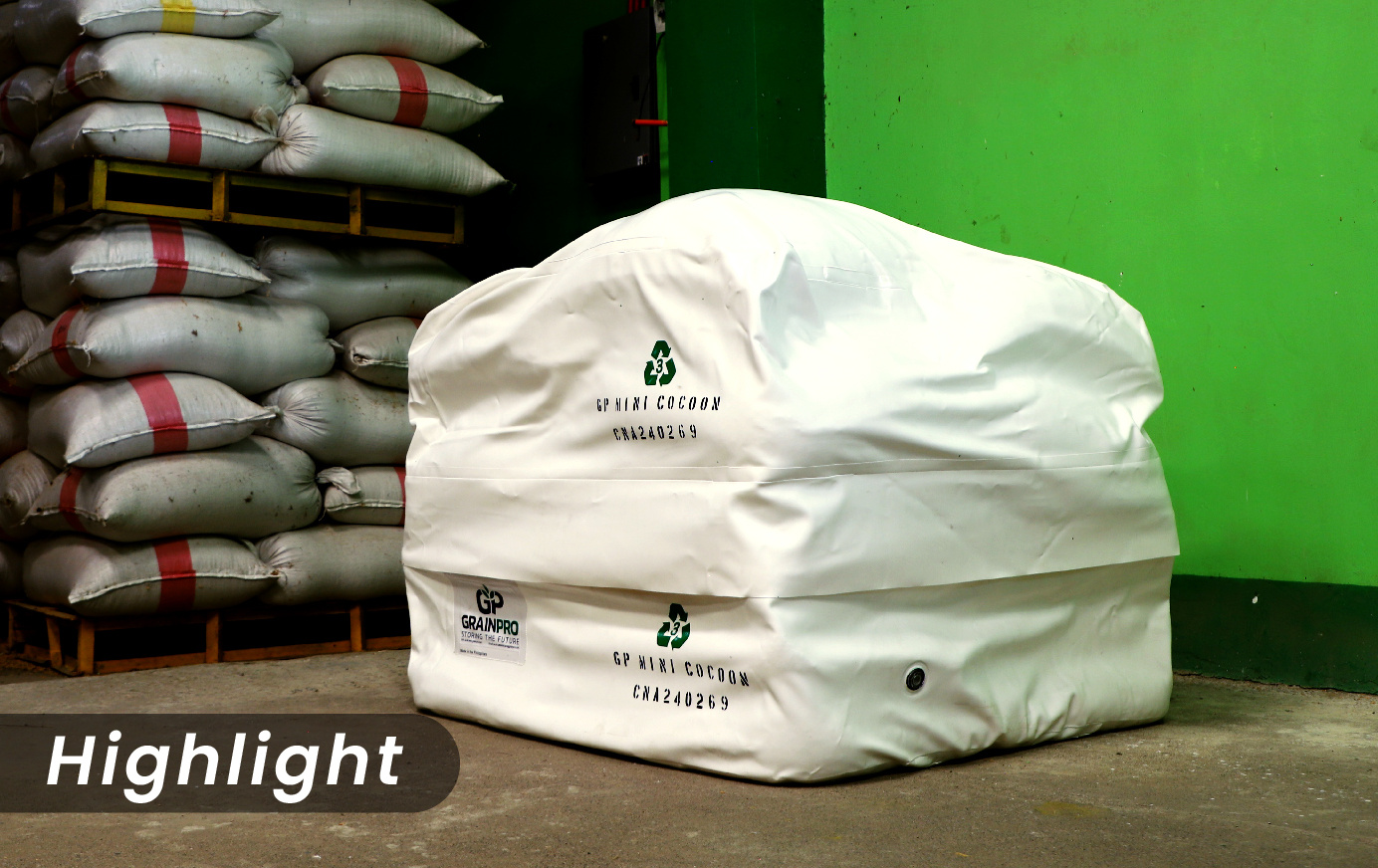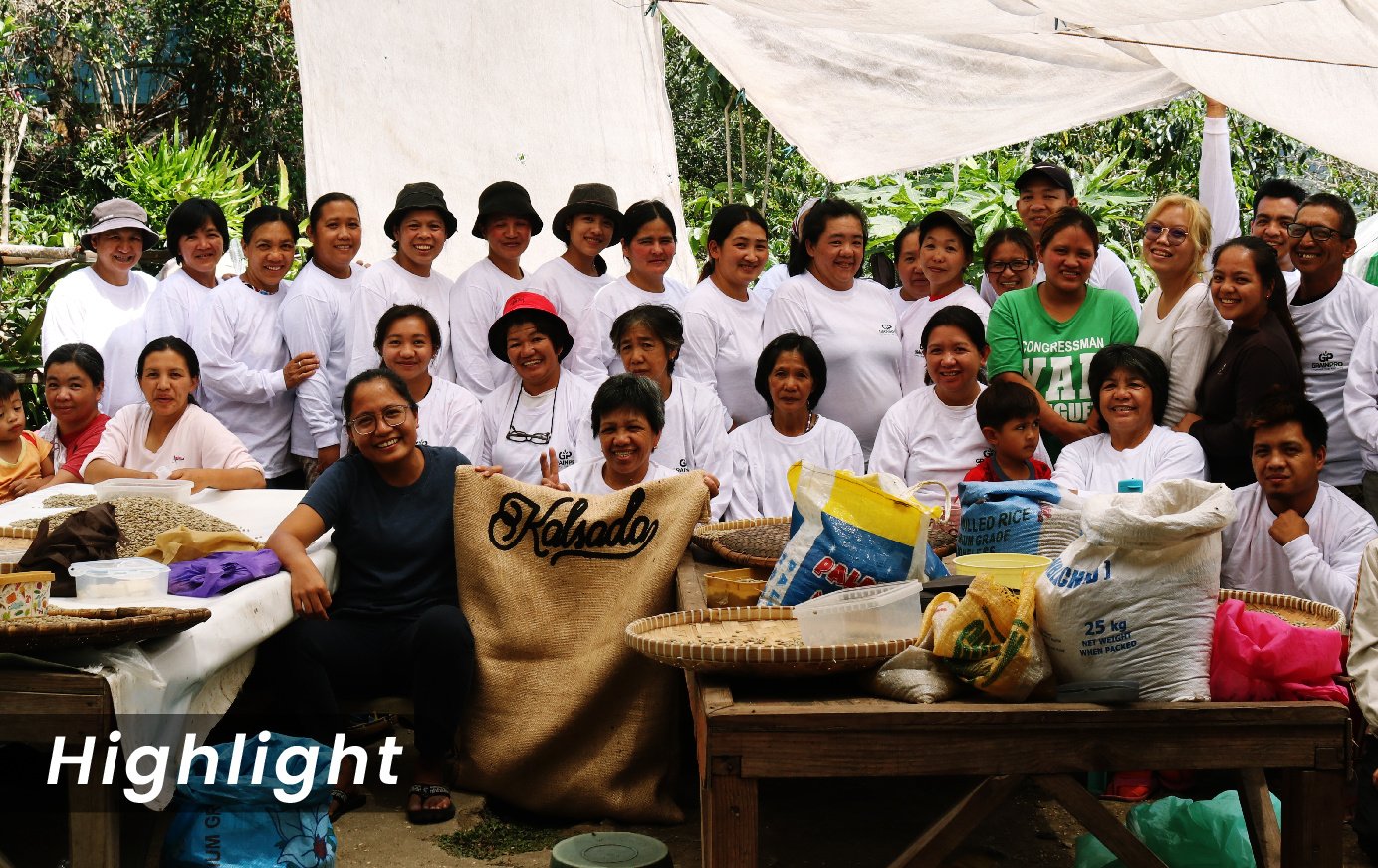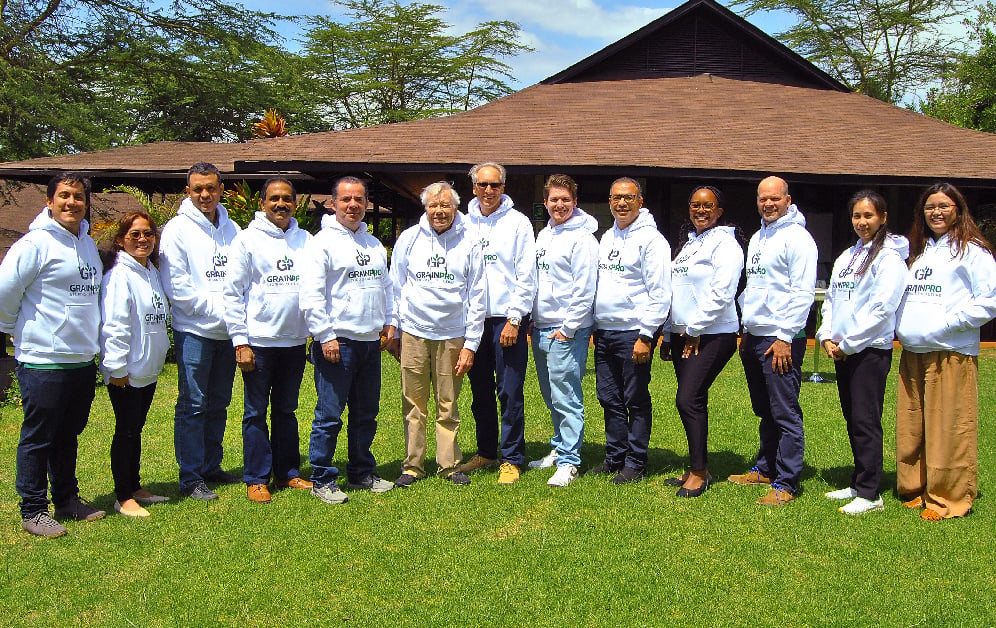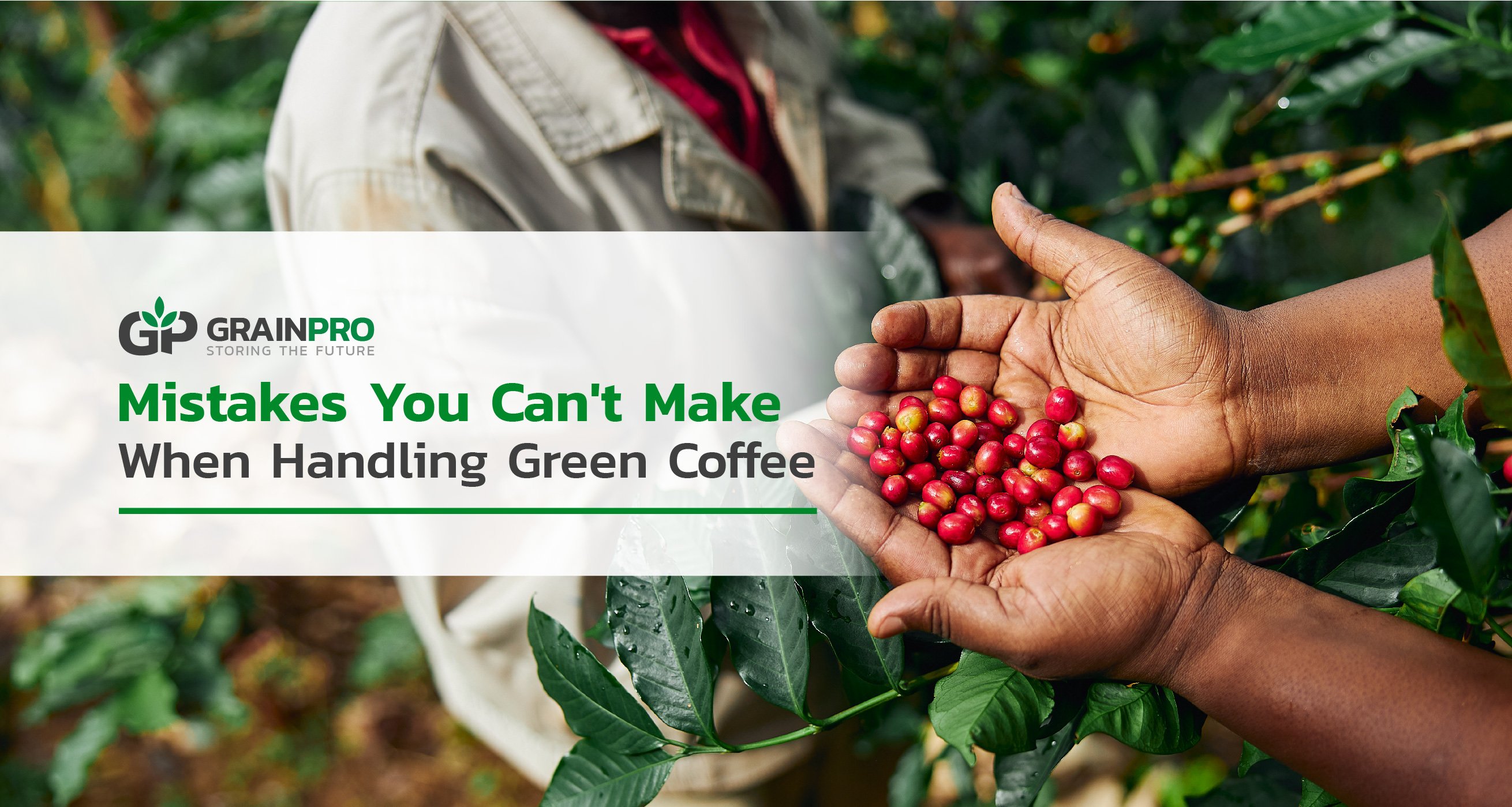The history of coffee dates back to around 800 AD. With different versions of how it was discovered by humanity, the most popular legend is that of a goat herder named Kaldi in Ethiopia. After eating the berries from a certain tree, his goats became very energetic. Curiosity drove Kaldi to try the fruit for himself, and after eating a few, he felt a jittery feeling that he had never experienced before. And when the Ethiopians finally discovered that coffee had an elevating effect, the coffee culture spread to the rest of the world, and the rest, as they say, is history.
Today, with around two billion cups consumed each day, coffee is, in fact, one of the most consumed beverages on the planet, second to water. But, how does it get from bean to cup?
Coffee beans come from a tree that produces a fruit similar to cherries. Although called a ‘bean’, they’re technically the seeds of coffee cherries. The unroasted seeds of the coffee cherries are what we call green coffee beans, they have a shelf life of up to one year if maintained properly. However, prolonged storage can cause the color of the beans to fade and may indicate low quality.
Coffee beans travel a long distance before reaching the roasting stage and then to us. On that journey, many variables can influence the quality of green coffee, and even the smallest mistake can have a significant impact on the quality of these beautiful green beans, resulting in severe damage or loss.
Green coffee beans can last for a long time when handled and stored properly. Good storage conditions can maintain the overall quality - color, aroma, flavor, and freshness of the beans. Poor storage conditions of the beans can leave them susceptible to quality deterioration.
So, what are the things to be avoided when handling green coffee beans?
1. Uneven or inadequate drying. Even the best storage and transportation conditions are of no use if your beans are not properly dried or are too damp. If the beans still have high moisture content, they can become moldy, and if they are too dry, they lose their flavors and aroma and may even crack or break.
Read more: How to Perfectly Dry Green Coffee Beans
2. The use of traditional packaging/bags. Although bags like jute or woven polypropylene are inexpensive, they provide very little protection from moisture. This is particularly true during transport where condensation can occur in shipping containers due to extreme temperature fluctuations or when the beans are above their safe moisture content.
Read more: Best Practices in Coffee Bean Storage
3. Exposing the green coffee beans to foreign odors and flavors. Being extremely porous in nature, coffee beans tend to absorb the smell of anything that they come in contact with.
4. The use of pesticides/insecticides. Not only do they cost money, but they also endanger the health of farmers and communities that are exposed to them.
5. Unprepared for transit delays. Transoceanic shipping is one of the riskiest parts of a coffee’s route since they spend days or even weeks in a container exposed to fluctuating temperatures, extreme heat, and humidity, much more if there is an unexpected delay during the transit. Prolonged storage of coffee beans in shipping containers without adequate protection can lead to quality damage or loss.
Read more: Suez Canal Blockage: How to Protect Commodities in Transit
Sustainable agricultural innovations that can aid in the proper drying, storage, and transporting of green coffee beans are easily available today.
For drying, solutions such as the Collapsible Dryer Case (CDC) aid in the slow and even drying of beans while also protecting them from erratic weather conditions during the drying process.
For storage, using air-tight and moisture-tight bags or hermetic bags helps protect the beans against insect infestation, moisture changes, and the damage and loss caused by these and other elements that could damage them such as temperature, humidity, and time. These bags also preserve the beans for longer storage periods without compromising their essential qualities.
Finally, for shipping, hermetic transport solutions with excellent gas and moisture shielding properties, such as the TranSafeliner (TSL), limit the effect of condensation and restrict the entry of moist ambient air, which causes mold growth. The TSL, which is designed specifically for shipping containers during transoceanic journeys in cargo vessels, is used as a container liner that also serves as a shell that protects green coffee beans from insect infestation while effectively preserving their freshness and quality.
For years, GrainPro has been committed to developing and providing solutions to help everyone, especially smallholder farmers, reduce post-harvest losses while preserving the overall quality of their hard-earned harvest. All are made possible without the use of any harmful chemicals.
To learn more about GrainPro’s post-harvest handling and storage solutions, click the button below.
Date Published: January 6, 2022





